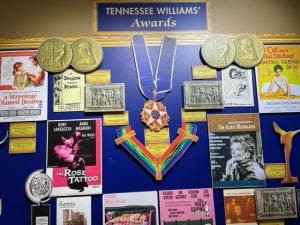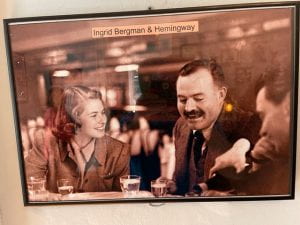Everyone tells lies to everyone else;
they talk with slick speech and divided hearts.
3 Let the Lord cut off all slick-talking lips
and every tongue that brags and brags,
4 that says, “We’re unbeatable with our tongues!
Who could get the best of us with lips like ours?”
Psalm 12: 2-4 (Common English Bible)
The Psalmist anticipates the fraught search and seizure of Mara-Lago and its outrageous critics. “We’re unbeatable with our tongues!” sing those “slick-talking lips.” Another translation says, “Friend tells lies to friend/ And smooth-tongued, speaks from an insincere heart.” It seems so personal. How can friends speak to each other this way?
It means we have staked our allegiance to a certain candidate, and whatever that candidate does or says, we will defend him or her at the expense of truth. I’m going to be honest here, not smooth-tongued. I mean Donald Trump, who has based his credibility on an imagined stolen election, and who took the Fifth Amendment this week when questioned under oath about his dealings in real estate. Who appears to have stolen highly classified documents from the government after campaigning loudly about the mis-handling of classified e-mails by his opponent in the 2016 election.
On Friday, August 12, the Washington Post reported:
The FBI search of former president Donald Trump’s Florida home earlier this week found four sets of top-secret documents and seven sets of less-secret but still classified information, according to a list of items seized in the high-profile raid and unsealed by a federal magistrate judge on Friday.
Ex-President Trump responded with a litany of excuses, saying the documents were planted at one point and that he had de-classified them on his own initiative, at another point. “De-classification” is possible only with the approval of agencies outside of the presidency. When you can’t keep your story straight, it is likely you are lying about something.
The former President has set such a low bar for sincerity that his followers have been seduced into the same low standards for truth when speaking to their friends. They blame the media for attacking him, when the media reports his mis-steps. They use the “What about, e.g. Hunter Biden?” strategy when questioned about the ex-President’s shady financial dealings. They assassinate the character of everyone who crosses him, e.g. former VP Mike Pence, Brad Raffensberger (Georgia), Rusty Bowers (Arizona), all loyal Republicans. These are the reactions of people who accept the shifty guilt of the ex-President.
The “unbeatable tongues” of Congress spoke brashly this week against the Department of Justice and the FBI, claiming Gestapo or Marxist tactics for seizing what are classified, likely nuclear, documents from the residence of the former President. With every legal protection of investigation and seizure in place, with President Trump’s attorney on site, with the President viewing the procedure through his extensive security system, their unbeatable tongues could still lash out claiming unlawful seizure. “Who could get the best of us with lips like ours?”
“Everyone tells lies to everyone else.” The writers of the Psalms understood the power of the human voice. To them it had two main opposing goals: praising God and lying. The power of the lie was witnessed this week as politicians and certain media lined up to defend the indefensible. It is because the lie has become the coin of the realm in politics that the rest of us are too eager to trade in lies. We are quicker to join the unholy choir, than to face facts. A brash, irreverent man has stolen documents sacred to the security of America, and some of our leaders choose to defame law enforcement.
The Psalmist says that Yaweh will protect us from liars: “. . .you will protect them from that brood forever.” It is a formidable brood that seizes the megaphones of media and hypnotizes the public by its utter audacity. It is a formidable task to reclaim the standards for truth and stir people to re-think their allegiances.
Who will circle around their flawed leader and who will abandon his decadent cause? This month may determine who follows whom.
The wicked will scatter in every direction,
as the height of depravity among the children of Adam. (12:8)












